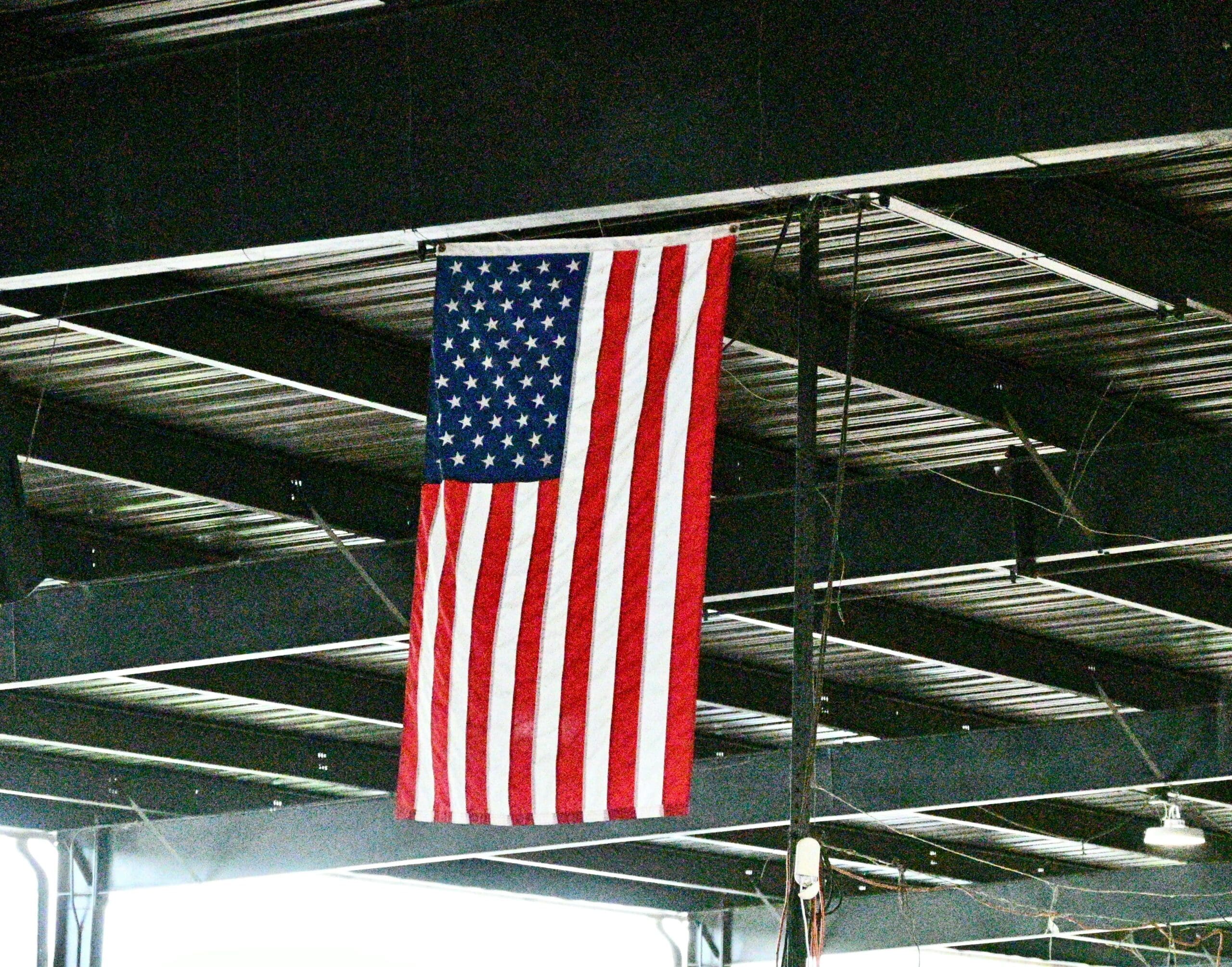The State of Manufacturing in the U.S.: A Closer Look
In his “Liberation Day” tariff announcement, President Trump asserted that America’s manufacturing sector has been “devastated.” But how accurate is this claim? We should explore three critical questions: What is the current state of manufacturing in the United States? Are tariffs an effective solution to the challenges faced by this sector? And if tariffs are not the answer, what alternatives are available?
Understanding Manufacturing Production
To assess the health of the manufacturing sector, it’s important to consider production metrics. Surprisingly, the evidence does not support the notion of a devastated manufacturing landscape. While gross output in U.S. manufacturing has remained fairly flat over the last few decades, value-added manufacturing—which accounts for the difference between output and input costs—has seen substantial growth since 1997.
This growth indicates that U.S. manufacturers are producing more with fewer resources, thanks to remarkable advancements in productivity. So, while the flat lining of gross output may seem alarming at first glance, neither measure offers a narrative of devastation. Contrary to popular belief, the U.S. still boasts the second-largest manufacturing sector globally, outpaced only by China, and produces more manufacturing value than the next three largest countries combined.
Manufacturing Employment Trends
The conversation around manufacturing isn’t just about production—it also revolves around employment. The manufacturing employment share, or the proportion of jobs in this sector compared to total employment, has been steadily declining since the 1950s. This decline is not unique to the U.S.; similar trends are evident across developed economies like the U.K., France, Germany, and Japan.
This phenomenon aligns with Baumol’s cost disease theory, suggesting that as certain sectors become more productive, they shed workers to those that haven’t experienced similar growth. Consider the agricultural sector: despite a drastic reduction in employment share since 1900, American agriculture has significantly improved its output—thanks in part to better technology and increased efficiency. The same principle holds for manufacturing; as long as productivity is rising, a decline in employment share is not inherently troubling.
The Puzzle of Manufacturing Productivity Growth
Productivity growth is arguably the most pressing issue facing the manufacturing sector. Historically, productivity in this area grew robustly, sustaining output even as employment numbers fell. However, since the Great Recession, productivity growth has stagnated, diverging from overall economic growth trends.
The slowdown in manufacturing productivity since the recession is a cause for concern. While other sectors have experienced slowdowns, the stagnation in manufacturing productivity growth is especially worrying. This shift serves as a critical indicator for the health of the American manufacturing landscape and calls for close examination.
The Impact of Tariffs on Manufacturers
While it’s clear that U.S. manufacturing has not been “devastated,” there are indeed significant challenges. But do tariffs provide the solution? Recent surveys, including one from the Federal Reserve Bank of Dallas, indicate widespread dissatisfaction among American manufacturers, primarily due to uncertainties surrounding trade policy. Permanent tariffs are unlikely to boost productivity; in fact, they may exacerbate existing issues.
A closer look at U.S. imports reveals that a majority consist of non-automotive capital goods and industrial supplies. Tariffs on these imports would directly impact manufacturers by increasing input costs and reducing investment. For instance, American manufacturers import vast quantities of industrial machinery to enhance their operations. Imposing tariffs could hinder their ability to reinvest in domestic production.
Historical evidence supports this: past steel tariffs have negatively impacted employment as rising steel prices drove up input costs for manufacturers. Additionally, the imposition of tariffs can distort industry dynamics by hurting U.S. exporters, especially in high-tech sectors such as civilian aircraft and specialized chemicals.
Moreover, tariffs can create adverse political incentives, leading companies to become complacent and less competitive. Instead of innovating and improving, insulated firms may lean on protections from competition, negatively affecting their global standing.
What Are the Alternatives?
If tariffs are counterproductive, what steps can we take to boost U.S. manufacturing? One significant issue contributing to the stagnation in manufacturing productivity is low capital investment. Increasing capital—such as machinery per worker—is essential for long-term productivity growth, yet investment in areas like industrial robots has lagged in the U.S.
One potential avenue for improvement lies in tax policy. The current tax code does not favor capital and research expenses compared to operating costs, impeding the ability of manufacturers to invest. Manufacturers must wait to deduct capital costs over several years, unlike operating expenses, which can be deducted immediately. This discrepancy can disproportionately affect manufacturers, as they often rely on significant capital investments to facilitate their advanced operations.
To remedy this, policymakers could consider revising tax codes to incentivize capital investment. Proposals could include repealing research and development (R&D) amortization, which forces companies to spread deductions for R&D expenses over 5 or more years. Additionally, reintroducing 100% bonus depreciation would allow manufacturers to fully deduct investment in equipment and machinery in the year the expenditure is made.
Tax policy is just one dimension, but addressing biases against manufacturers could unlock potential gains and propel productivity forward. By understanding the nuanced reality of the manufacturing sector and carefully considering alternatives to tariffs, we can better position U.S. manufacturing for growth in a competitive global landscape.


